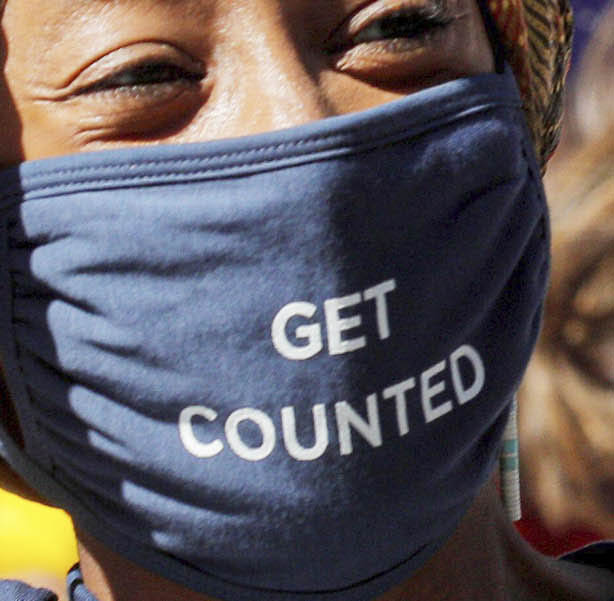535 Search Results Found For : "climate change"
PRB Discuss Online: Abandoning Female Genital Mutilation/Cutting
(2009) As many as 140 million girls and women worldwide have undergone female genital mutilation/cutting (FGM/C), and more than 3 million girls are at risk for cutting each year on the African continent alone.
Rural Migrant Remittances May Protect Forests
(February 2012) Sprawling urban areas most obviously demonstrate the environmental impact of migration. Water scarcity, pollution, and lack of adequate housing are some of the more evident impacts of urban population growth.
The Role of Policymakers in Ending Female Genital Mutilation: An African Perspective
(2010) The idea of intentionally harming—let alone mutilating—healthy young girls stirs feelings of anger and injustice. The fact that thousands of girls are mutilated daily in the name of culture, religion, or gender is difficult to imagine.

Race/Ethnicity Categories in Federal Surveys Are Changing: Implications for Data Users
Federal revisions to race categories will give people better options for identifying themselves and provide data users with a more accurate picture of the U.S. population.
PRB Discuss Online: Gender-Based Violence in the Congo
(2010) A new study conducted in the eastern Democratic Republic of the Congo (DRC) has revealed that perpetrators and victims of high rates of sexual gender-based violence in the region include large numbers of both men and women and are associated with increased post-traumatic stress disorder and depression, as well as physical health outcomes.


